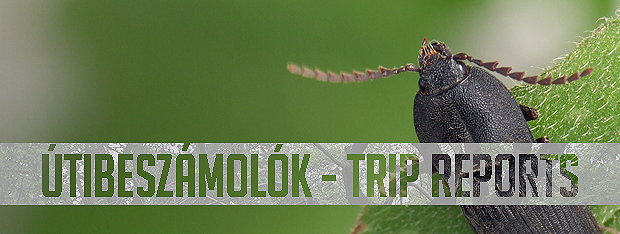
IV.2013.Visegrad
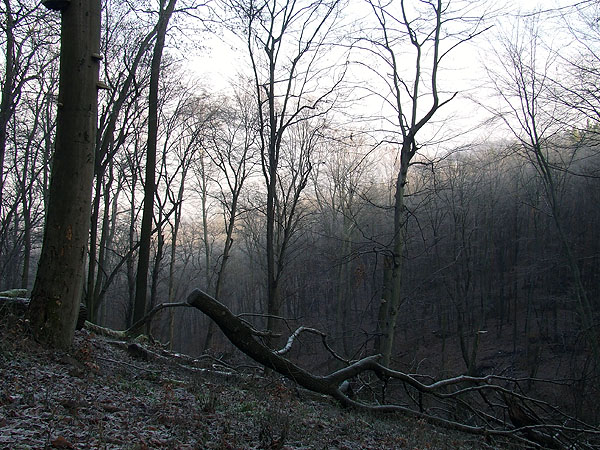
Frozen dead leaves were crunching under our feet while ascending steeply through a beech forest.
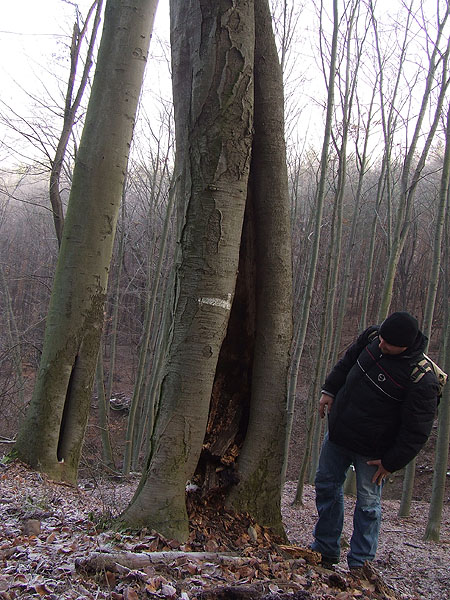
Such
a large hole in a beech tree is relatively uncommon in the
Visegrád
Hills. Larvae of Elater ferrugineus
Linnaeus, 1758 were found inside.
They were reared to adults at room temperature at home.
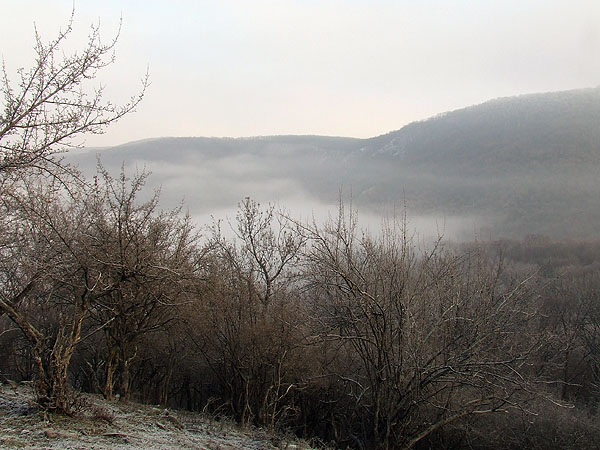
Reaching the ridge we
were just amazed by the view of clouds wrapping
the hills.
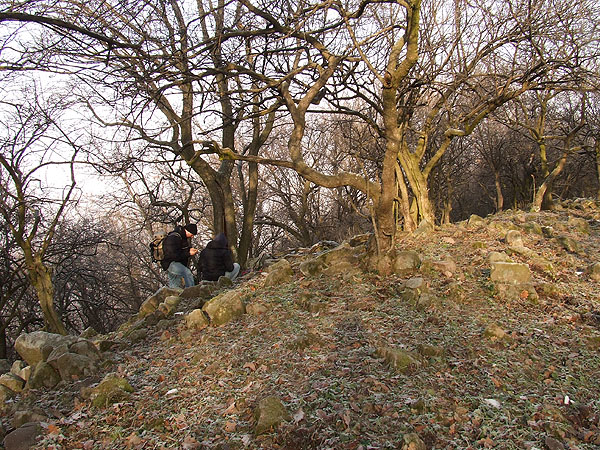
The sun was trying in
vain to prevail against the clouds, with little
success. The air didn’t feel much warmer than it was. Therefore,
we were
rummaging in the hollows of maple trees with stiff fingers.
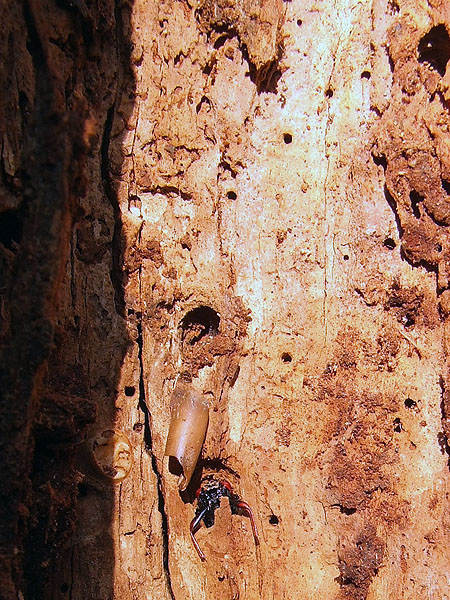
Remains of Stictoleptura
erythroptera (Hagenbach, 1822)
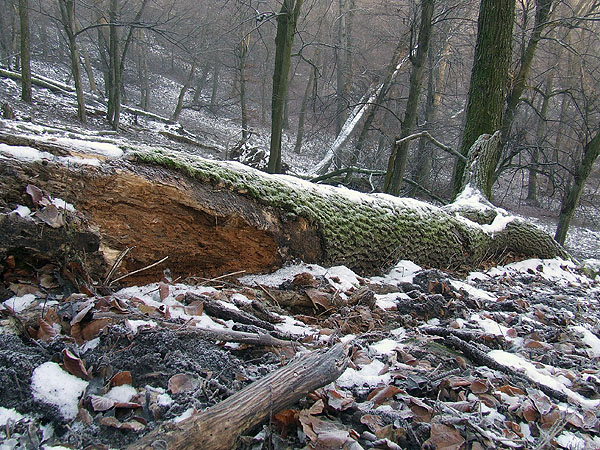
A fair-sized ash log
harbouring Ampedus quadrisignatus
(Gyllenhal, 1817)
It was recorded only once in the
Visegrád Hills.
The log serves as a suitable overwintering shelter for many
larvae and adults.

The usually beautiful
view from the
southern end of the ridge was now hidden under the dense valley fog.
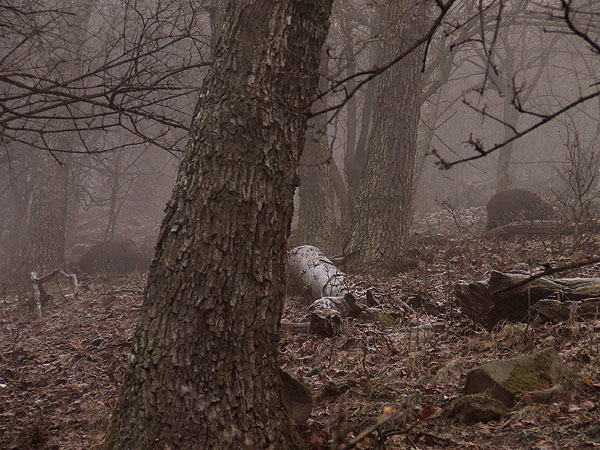
On the way back we came
across a herd
of wild boars searching for food. Due to the dense fog and the wind
that was
blowing into our direction we could remain unnoticed. As they came
nearer and
nearer to us, we could also observe the mouflons accompanying them.
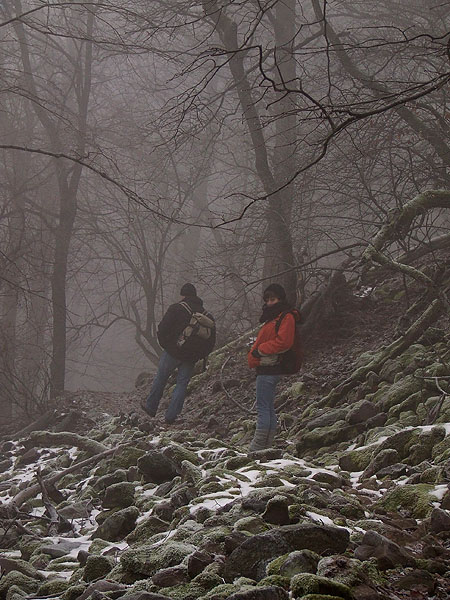


This April, when winter
came back
for a few days, my family and I made another trip to the area. It was
quite
difficult to walk up the hill in deep snow.
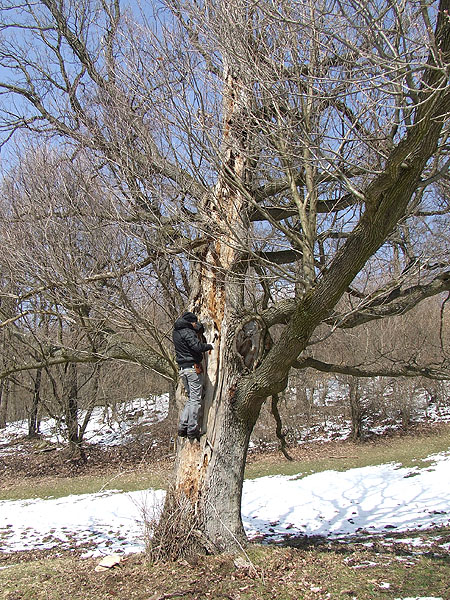
We finally came to a clearing where a huge oak tree was standing with exit holes of Eurythyrea quercus (Herbst, 1780) on its cut surfaceThis jewel beetle previously considered rare is found in more and more places. Due to the large amount of April snow only a few beetles were collected. However, a new part of the forest was discovered, which seemed auspicious.

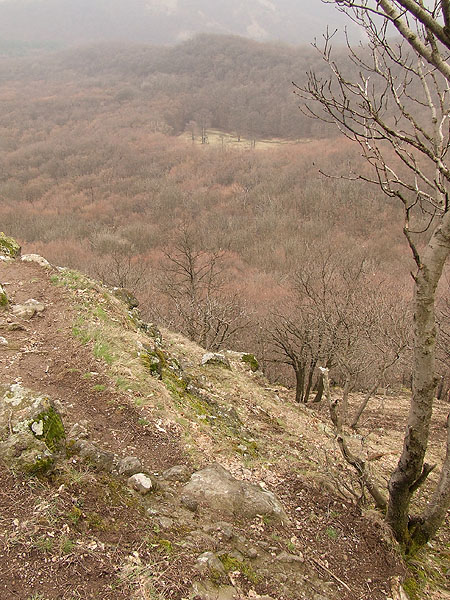
Six days later, when I walked up the hill again with

In the ash-elm slope
forest found in
the northern part of the forested area plenty of snags provide habitat
and food
for many beetle species.
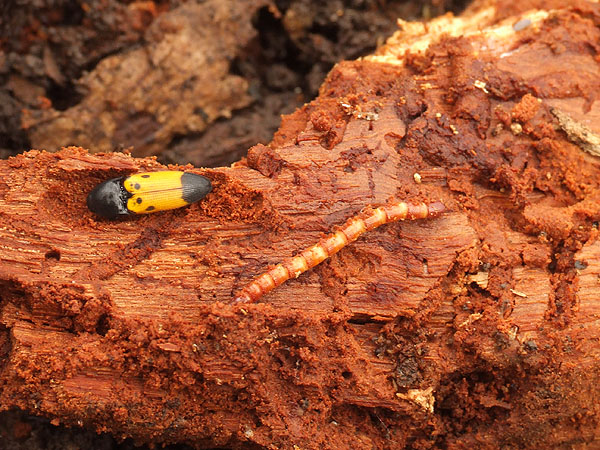
During our last trip I
selected some
rotten stumps to tear apart next time. Larvae and overwintering adults
of Ampedus quadrisignatus (Gyllenhal,
1817) were found.
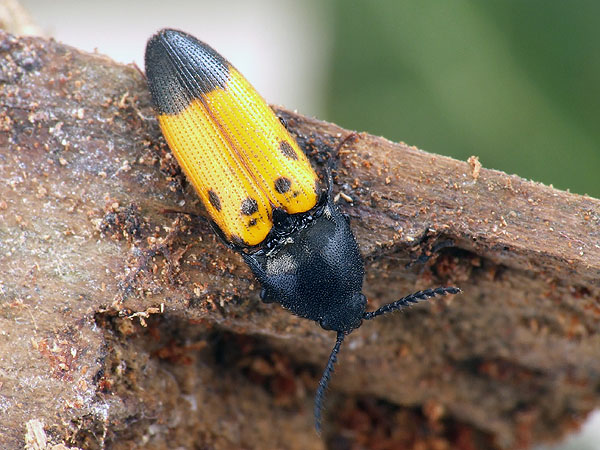
To
contribute to a project aiming at
providing the